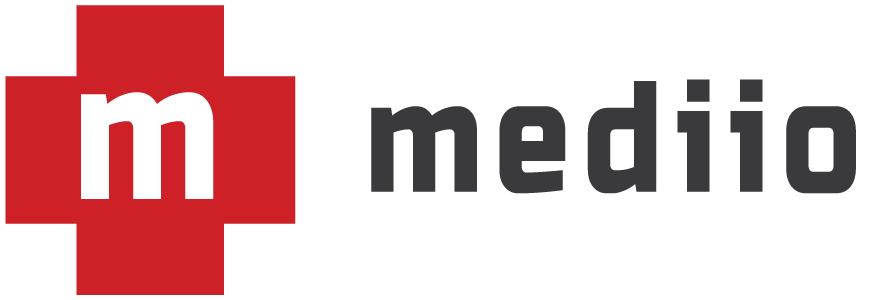Peter Pronovost MD PhD:
The EMR is just one source of data in an information ecosystem that includes, for example, infusion pumps, ventilators, and an ever-growing list of home diagnostic devices. None of these technologies communicate and share data. Rather than being the solution to providing better quality and achieving lower costs, the EMR can be the documentation tool for the information ecosystem. The enhancement of the ecosystem will be software applications, written on an interface platform, linking the EMR to multiple devices, creating an information ecosystem.
Everything Dr Provonost discusses in this piece is spot on, but we need something more. It needs to be easier to use a guideline than to not use it. We need a ‘frictionless’ experience to unite guidelines and patient care. Clinical guidelines and computerized physician order entry (CPOE) should not be two separate things, but one and the same. Order sets [1] are a rudimentary version of this frictionless experience. We need to take the next step and place the evidence directly next to the orders with data from the ‘information ecosystem’ informing both the evidence and order choices [2]. All of this technology exists; now we only need the time, money, and will to bridge the gulf between guidelines and care.
-
Paper forms (now electronic) prefilled with choices for diagnostic tests and medication orders for a given condition. ↩
-
For example, let’s say a child is admitted to the hospital for community-acquired pneumonia and this child has a history of anaphylaxis with penicillin. The system would automatically recognize ampicillin and cephalosporins are not ideal for this particular patient and only give clindamycin as an appropriate choice. The system would also tap the hospital’s antibiogram to inform antibiotic choices. ↩
